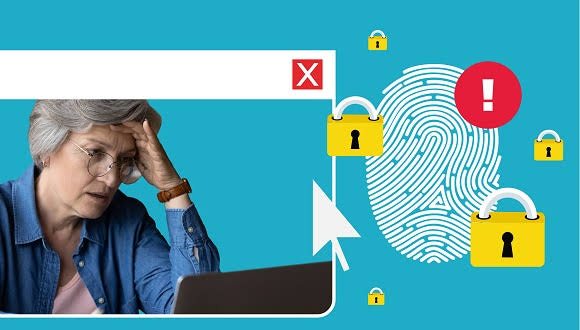Your digital identity includes all the personal information, accounts, and online activities that represent you in the digital world. With cybercrime on the rise, protecting this identity has become more important than ever. If compromised, your data can be used for fraud, identity theft, and other malicious activities. Fortunately, there are practical steps you can take to keep your online presence safe.
Use Strong and Unique Passwords
One of the simplest yet most effective ways to protect your digital identity is by creating strong, unique passwords for every account.
Best practices include:
- Using at least 12 characters with a mix of uppercase letters, lowercase letters, numbers, and symbols
- Avoiding common words, personal details, or predictable patterns
- Using a password manager to securely store and generate passwords
Strong passwords make it harder for hackers to guess or crack your accounts.
Enable Two-Factor Authentication
Two-factor authentication (2FA) adds an extra layer of security by requiring a second form of verification in addition to your password.
Common 2FA methods include:
- One-time codes sent to your phone or email
- Authentication apps such as Google Authenticator or Authy
- Biometric verification like fingerprint or facial recognition
Even if someone obtains your password, they cannot access your account without the second authentication step.
Be Cautious with Public Wi-Fi
Public Wi-Fi networks can be convenient but are often unsecured, making it easier for hackers to intercept your data.
To protect yourself:
- Avoid accessing sensitive accounts on public Wi-Fi
- Use a virtual private network (VPN) to encrypt your internet traffic
- Connect only to trusted and password-protected networks
A VPN ensures your data remains private, even on unsecured connections.
Monitor Your Accounts Regularly
Regularly checking your online accounts can help you detect unusual activity before it becomes a bigger problem.
Helpful habits include:
- Reviewing bank and credit card statements for unauthorized transactions
- Monitoring your email for suspicious login alerts
- Using identity monitoring services to track potential breaches
Quick action can minimize the damage if your accounts are compromised.
Limit the Personal Information You Share
The more information you share online, the easier it is for cybercriminals to target you.
Safe sharing tips:
- Avoid posting personal details such as your full address, date of birth, or phone number on public profiles
- Adjust privacy settings on social media to limit who can see your posts
- Be cautious when filling out online forms and only provide necessary details
Minimizing personal exposure reduces your risk of identity theft.
Keep Your Software Updated
Outdated software can contain security vulnerabilities that hackers exploit. Keeping your operating system and apps up to date helps close these gaps.
Steps to follow:
- Enable automatic updates for your devices and applications
- Regularly check for firmware updates on routers and smart devices
- Install patches promptly when notified
Updated systems are less vulnerable to attacks.
Be Wary of Phishing Scams
Phishing attacks trick you into giving away personal information by pretending to be legitimate organizations.
To avoid falling victim:
- Double-check the sender’s email address before clicking links
- Avoid downloading attachments from unknown sources
- Type website addresses directly instead of clicking suspicious links
A cautious approach to emails and messages can prevent many online threats.
Conclusion
Protecting your digital identity requires a mix of strong security habits and smart online behavior. By using strong passwords, enabling two-factor authentication, avoiding unsafe networks, and limiting personal information, you greatly reduce your risk of becoming a victim of cybercrime.
Regular monitoring and staying alert to scams further strengthen your defenses. The more proactive you are, the safer your online presence will be in today’s connected world.




Interesting
I’m going to follow this guide